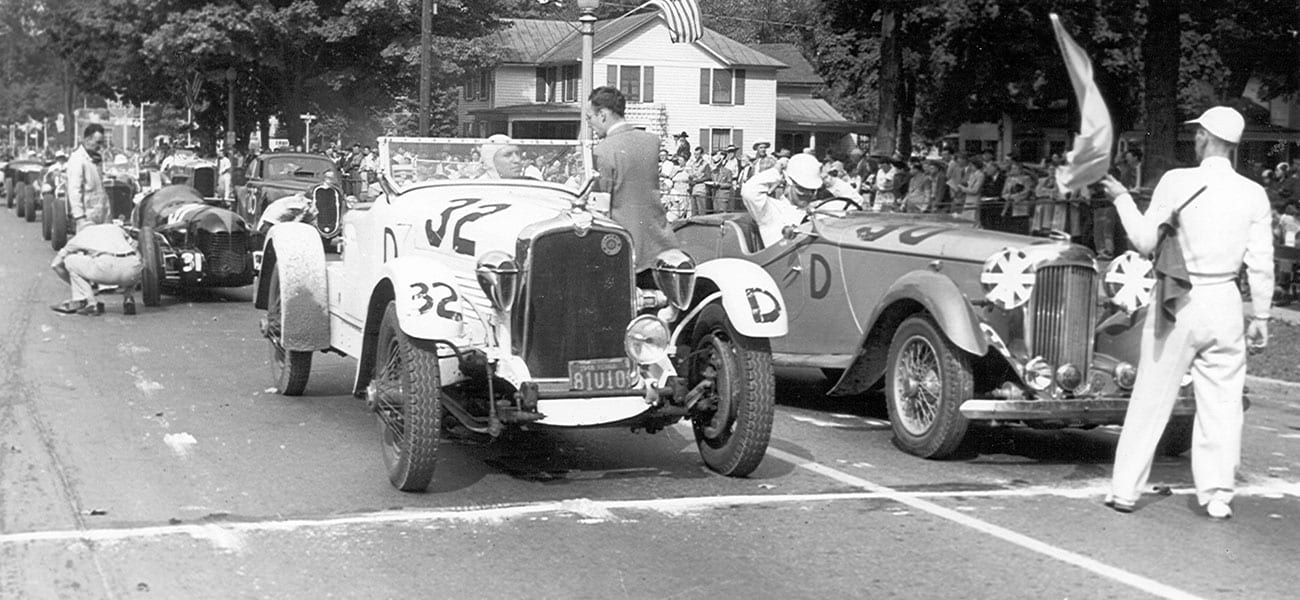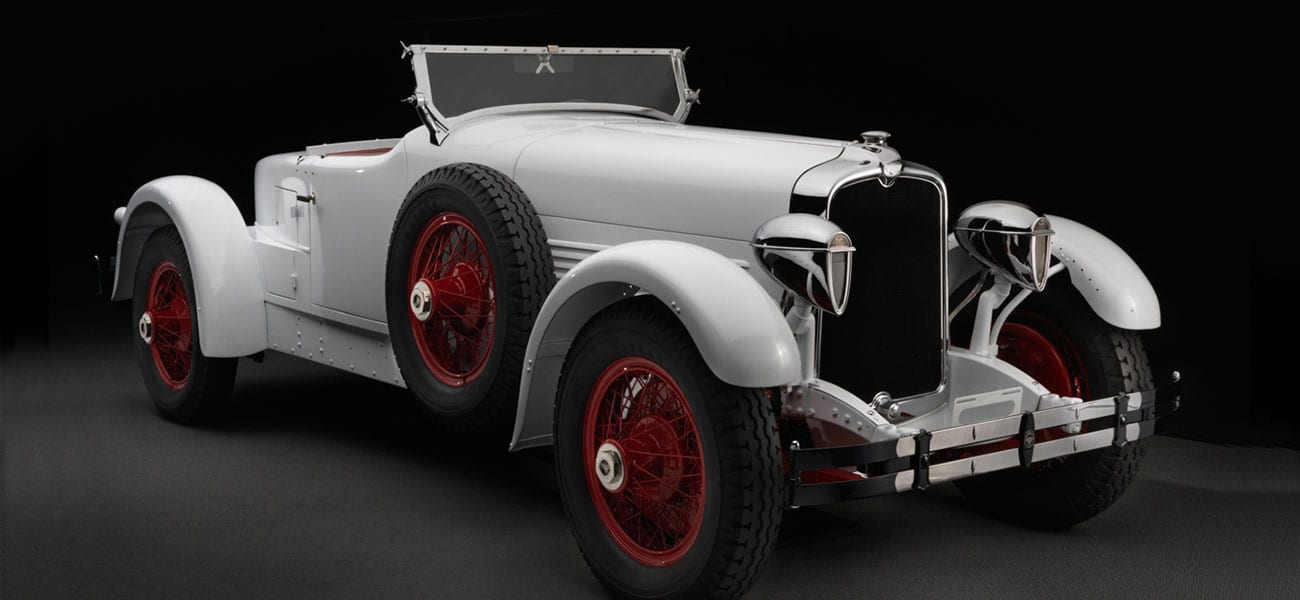Tech Specs
Eight-cylinder in-line engine, single overhead camshaft, 298 cubic inches, 115 hp at 3600 rpm. HP to WT Ratio: 38.94
Before/After
1928 Stutz


About the 1928 Stutz BB Black Hawk Boattail Speedster
The Black Hawk was new Stutz chief Fred Moskovics’ counterpoint to the Bearcat, the muscular and raucous brute of a machine Harry Stutz introduced before the First World War. What was right then was wrong now, Moskovics was convinced. The American sporting driver of the twenties wanted sophistication in addition to speed. A veteran of Franklin and Marmon, Moskovics refined the Stutz into the Vertical Eight (s.o.h.c., dual ignition, nine main bearings) with Safety Chassis (under slung worm drive, hydraulic brakes).
At the New York National Auto Show in 1926, spectators bent over to see why the car was so low. Its pedigree dictated that this new Stutz be sent racing, and this was done in 1927 with the Black Hawk Speedster, set on the shorter of the Series BB chassis and a whopping 1,377 pounds less weighty than the Stutz sedan. Five victories in two weeks were the immediate result – and the AAA National Stock Championship.
Black Hawk victories during Daytona’s Speedweek the following January numbered three, among them a 106.25 mph run that made Stutz America’s fastest production car. Moskovics was unimpressed. Records should be made in races, he sniffed, peeved that the Contest Board was putting its imprimatur on private board track records made by Auburn.
Besides, Moskovics had a race of his own to occupy his time: the celebrated 24-hour contest that pitted the Black Hawk against Charles Weymann’s Hispano-Suiza, and which Stutz would lose. Nothing had ever broken on a Black Hawk in a race before. A valve keeper did that day; the valve dropped and broke the connecting rod. For Le Mans in June, however, that same Charles Weymann entered a Black Hawk to challenge the “Bentley boys,” who regarded that race as their private preserve. What a fight it was – the lone Stutz battled the three cars of the Bentley team with ferocity, dogged two of them into retirement, and finished second behind the third.
Two decades after it was built, the display car, driven by Dud C. Wilson, raced at Watkins Glen in 1948.
Photos – Peter Harholdt














